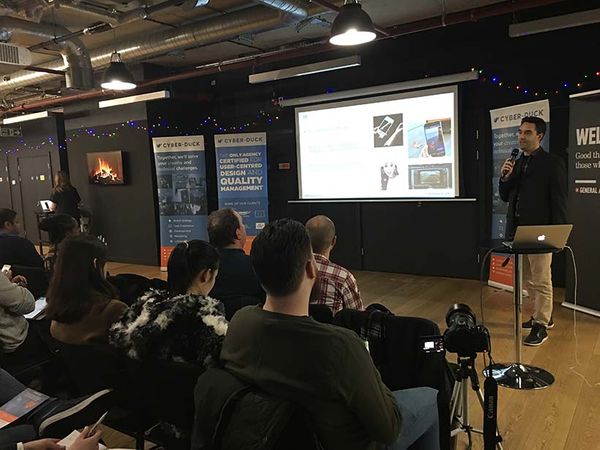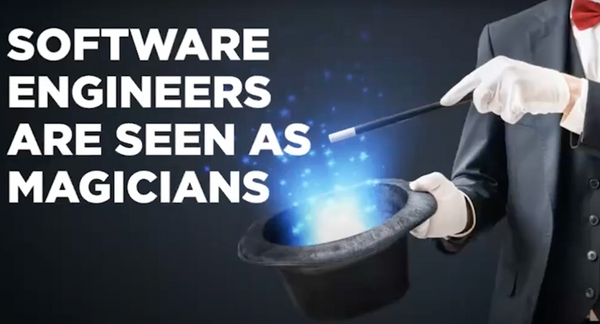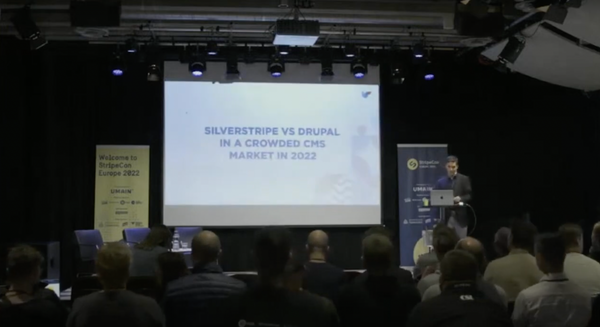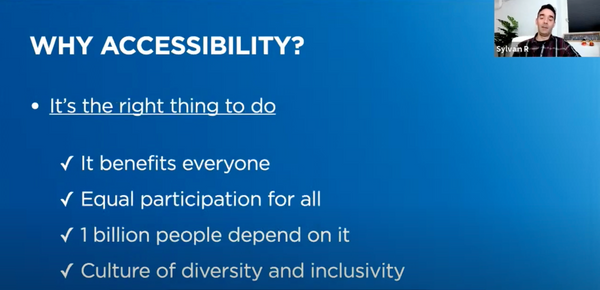Back in December 2017, my company and I hosted an event for "The Digital Pond", our community of over 2,500 members passionate about all things digital.
The goal of my talk was to demystify the technology and inspire the audience to think about practical applications they could use in their line of business.
Here is a short preview / summary about the evening:
Let's go into more details about the content of my talk:
The jargon!
What does it all mean?
- Virtual Reality, where the user is immersed in an artificial world and is able to look around and even interact with the environment;
- Augmented Reality, where the real world is modified by changing or adding elements to it.
- Mixed Reality, very similar to augmented reality, but the real and augmented elements interact with one another.
VR in the 90's
Virtual reality may seem like the latest craze, but we’ve been here before.
It had a public surge in the 90’s with the company Virtuality Group releasing a range of arcade machines. Movies like Lawnmower Man in 1992 started to bring the idea of virtual reality to the masses and VR started to be seen as a vision of the future. However, the technology was very expensive, it had poor resolutions and bad performance, so it never took off.
At that time, the vision of VR just didn’t match up with what could technically be achieved.
The resurgence of the last decade
But in the last few years, driven by the popular video-game industry and improvements in mobile phone technology, we have seen a new industry emerge.
It started to grow organically from enthusiasts and crowdfunding, rather than being pushed upon people.
In 2012, Palmer Luckey took his VR headset to Kickstarter and raised $2.5 million dollars. The first version of the Developer Kit from the Oculus Rift came out of that campaign. It offered an experience that was much closer to what virtual reality’s true vision was, something that can immerse you in another space.
In 2014, Oculus was purchased by Facebook for $2 billion dollars and now has a consumer VR headset available.
A wide range of devices
Today, there are so many different types of devices (computer-based or mobile-powered) and all major companies - Microsoft, Google, Samsung and Sony with Playstation are investing into VR and AR.
Syndicating VR / AR
Just as we have platforms like YouTube for videos, both VR and AR have platforms that allow users to experience content.
For VR, there’s a great app called Within and both Facebook and YouTube now support 360-degree playback for videos and images.
With AR, there is the likes of Aurasma, Blippar and Layar. These allow the user to download 1 app and have access to a range of content.
Best use of VR
A good example that was done came from the popular TV show Mr. Robot, which I recommend you check out if you haven’t heard of it. VR lent itself well here as the storyline often has the main protagonist, Elliot, speak directly to you, the viewer. It was announced at Comic Con by giving out branded Google Cardboard headsets and having a timed release, so everyone was watching at the same time. What worked here was that the experience actually added to the TVs storyline and was a chance for viewers to see elements of Elliott’s life from a new perspective. You were placed in the story alongside other characters and the immersiveness of VR gives the story a very personal feeling. It was also hosted on an app called ‘Within’. This has a range of VR media and allowed them to have access to thousands of users.
Another recent example is from IKEA. Their augmented reality app allows users to place IKEA furniture in their own homes to see how they will look in a real-world environment. Using Apple’s latest ARKit technology, highly accurate info can be gathered to show on a 1:1 scale if certain furniture is going to fit in your space. Representations of the product textures and fabrics can also be conveyed. This idea rethinks what a traditional paper furniture catalogue can be and uses the unique benefits of AR to give users a truer sense of the products they are buying. Linking this into their online shopping ecosystem, users can then buy from the app at their nearest IKEA store.
Where is it all going?
Facebook are adding to their headset catalogue and hope to bring affordable VR to users. Starting at $199, this will be an ‘all-in-one’ device, not requiring an expensive computer or smartphone to run. By doing this they hope to bring a much more affordable VR headset to users.
Amazon is also coming late to the party, getting their own platform for developers to create content: Amazon Sumerian. It looks very professional and with minimal coding required, it could open a whole new market and make it more accessible to marketing agencies to build experiences. Currently in Preview mode and hopefully available in the near future.
Where can YOU start?
So now that we understand a bit more about what is going on, let’s turn the attention to you now - there is a wide range of expertise, coming from different industries. As we have seen, there is a lot of options, lots of brands, framework and it can be confusing to start looking into this. So here are a few tips of “where to start”:
- Get hands on experience with the devices and content. Especially with VR, it’s truly something that has ‘to be seen to be believed’. Because of this, often stores like Curry's in the UK that sell these devices will have demo stations set up for people to try. There are a range of conferences like this to attend where developers are keen to show off their latest works. Recently, a London location has been added for a highly anticipated VR type theme park called ‘The VOID’. They will be running a Star Wars experience at Shepherd’s Bush starting next week and going for 12 weeks so definitely look this up!
- Run your content audit: If you deal with 3D models think how these can be viewed using AR/VR. If you see physical objects, think of ways to provide your users a new way to visualise and interact with them. Siemens turned their sales catalogue with AR elements to better visualise their products. Estate agents can now allow users to virtually move around their future homes.
- Experiment with hackathons: Something we do at Cyber-Duck is run internal hackathons which can be a great way to quickly investigate new technologies and ideas. The short timeframe to get a working prototype can bring to light some ideas that could then possibly be further invested in.
- Let your imagination fly: Most importantly, think how these technologies can be more than just a ‘gimmick’. The strong feeling of immersivness provided by such devices truly allow us to tap into the core emotions of people in a way not seen before. Communication across large distances is also something that will benefit greatly as the feeling of presence with another person increases. The implications across areas such as education and psychology can be quite extraordinary.
I hope this introduction to these technologies has shown you the possibilities they present across a range of areas. I hope it has sparked your interest to try out as much content as you can and to start thinking of how it can be applied to your own areas of work.
You can read more about that evening and get in touch with us to discuss your next AR/VR project on the Cyber-Duck's website:





